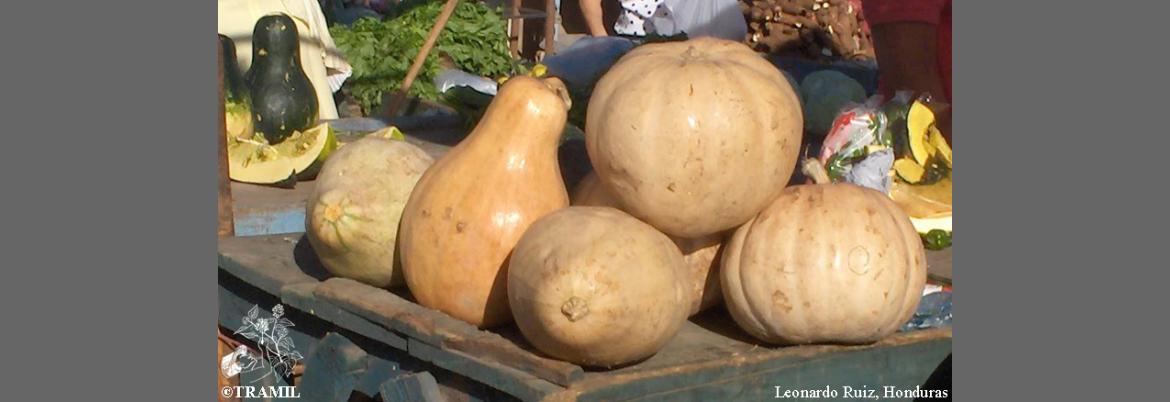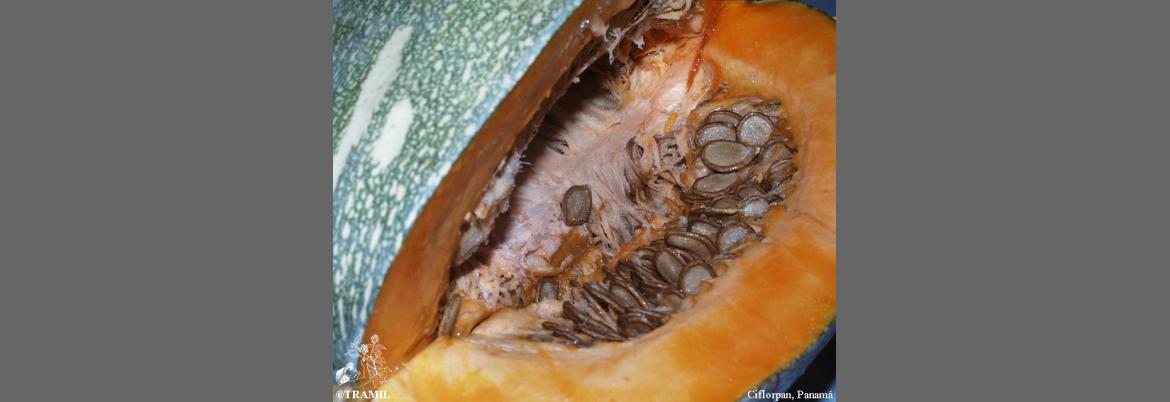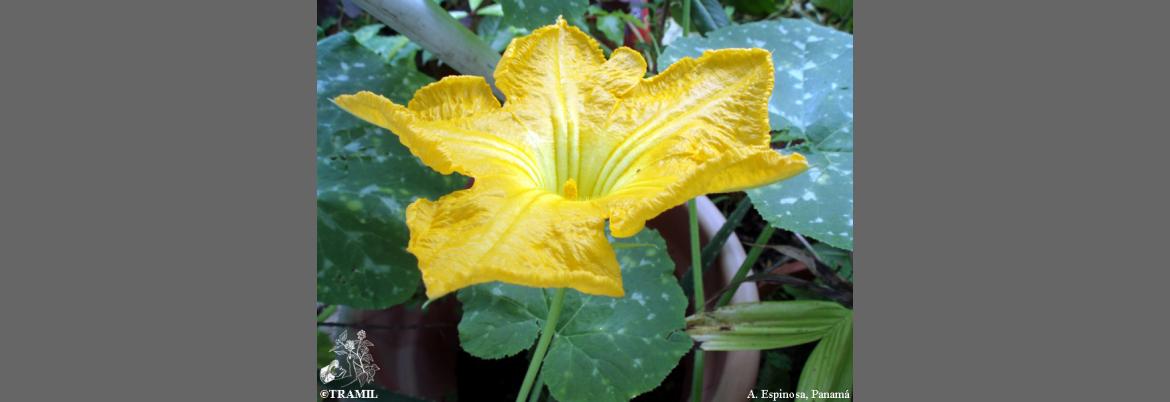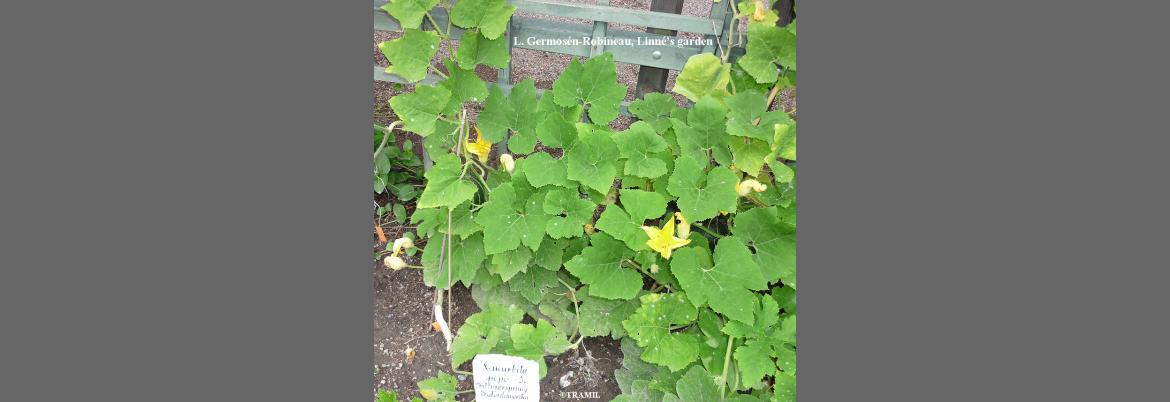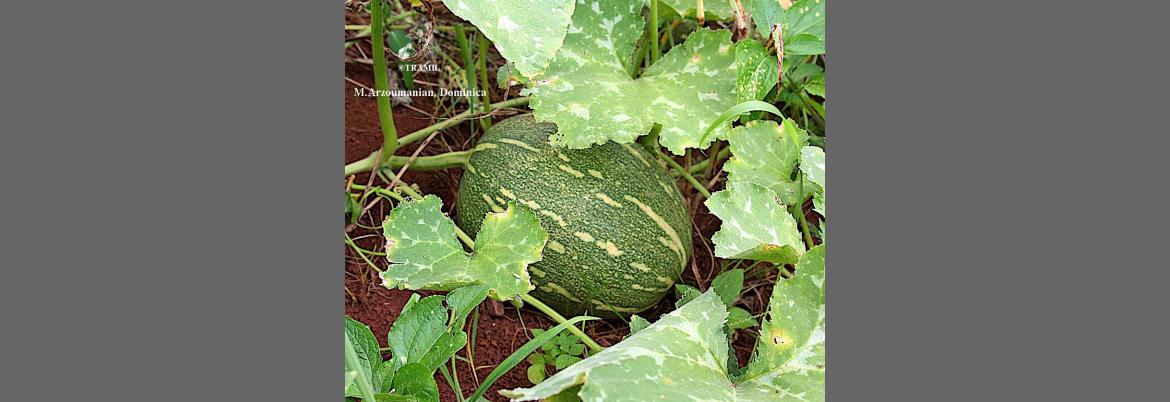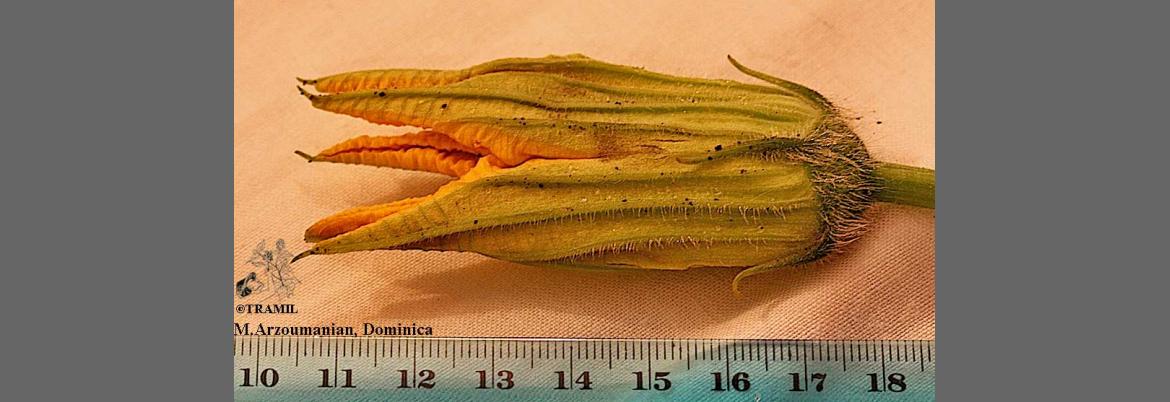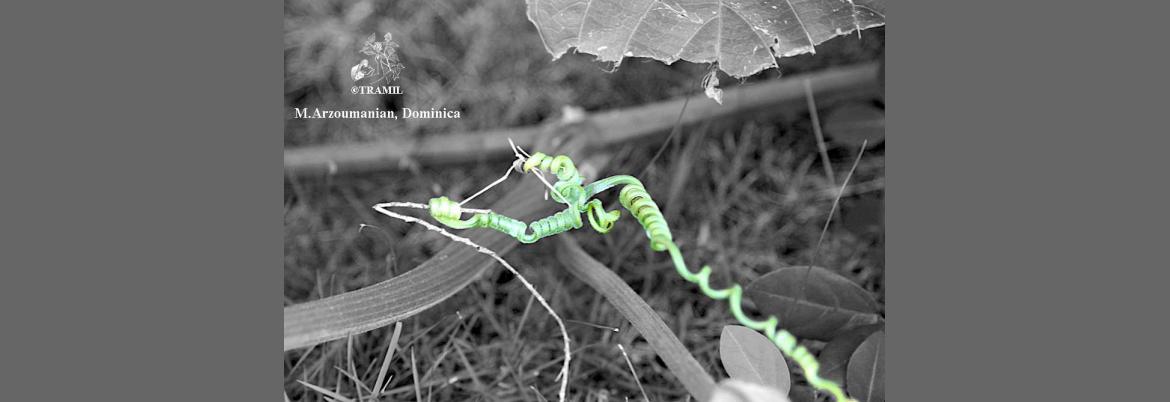1 WENIGER B, ROUZIER M, 1986 Enquête TRAMIL. Service Oecuménique d'Entraide SOE, Port au Prince, Haïti.
2 WENIGER B, 1987-88 Encuesta TRAMIL. enda-caribe, Santo Domingo, Rep. Dominicana.
3 WHO, 1991 Pautas para la evaluación de medicamentos herbarios WHO/TRM/91.4 (original inglés). Programa de Medicina Tradicional, OMS, Ginebra, Suiza.
6 DUKE JA, 2000 Chemicals and their Biological Activities in: Cucurbita moschata. Dr. Duke’s Phytochemical and Ethnobotanical Databases. USDA-ARS-NGRL, Beltsville Agricultural Research Center, Beltsville, USA, August 10, 2000. URL: http://www.ars-grin.gov/cgi-bin/duke/farmacy2.pl
10 HEGNAUER R, 1973 Chemotaxonomy der Pflanzen. Basel, Schweiz: Birkhauser Verlag. 6:882.
11 WASHUTTL J, Reiderer P, Bancher E, 1973 A qualitative and quantitative study of sugar-alcohols in several foods. J Food Sci 38:1262-1263.
13 DUKE JA, ATCHLEY AA, 1986 Handbook of proximate analysis tables of higher plants. Boca Raton, USA: CRC Press. p55.
14 HERRERA J, 1992 Determinación de parámetros farmacológicos usados en Medicina Tradicional Popular en la Cuenca del Caribe. Informe TRAMIL. Laboratorio de Fitofarmacología, Dep. de Farmacología, Facultad de Salud, Universidad del Valle, Cali, Colombia.
20 VILENCHIK M, 1989 Fundamentos biológicos del envejecimiento y la longevidad. Moscú, URSS: Ed. MIR.
22 HERRERA J, 1990 Determinación de parámetros farmacológicos de vegetales utilizados en medicina tradicional en la cuenca del Caribe. Informe TRAMIL. Laboratorio de Fitofarmacología, Dep. de Farmacología, Facultad de Salud, Universidad del Valle, Cali, Colombia.
23 WENIGER B, 1992 Cytotoxicité, effets immunodulateurs et morphologique des extraits éthanolique 80% et aqueux de feuille deCucurbita. Rapport TRAMIL. Faculté de Pharmacie, Université de Strasbourg, Illkirch, France.
24 HURTADO M, CARBALLO A, 1990 Las plantas medicinales TRAMIL en la farmacopea Soviética. Centro de Investigaciones de Fitoterapia y Medicina Tradicional, Topes de Collantes, Cuba.
25 PARIS R, MOYSE H, 1981 Précis de matière médicale. Paris, France: Ed. Maloine.
26 CHEN ZK, PU TC, LI DY, JIANG HA, 1980 Therapeutic effect of cucurbitine on dog taeniasis.Zhongguo Yao Li Xue Bao1(2):124-126.
28 ALBORNOZ A, 1993 Medicina tradicional herbaria. Guía de Fitoterapia. Caracas, Venezuela: Editorial Instituto Farmacoterápico Latino S.A. p226.
29 PAZOS L, COTO T, CAIZA F, 2008 Antiinflamatorio tópico, en ratones, de la hoja de Curcubita moschata. Informe TRAMIL, Laboratorio de Ensayos Biológicos, LEBi, Universidad de Costa Rica, San Pedro, Costa Rica.
30 LUCIANO-MONTALVO C, GAVILLAN-SUAREZ J, 2009 Actividades antimicrobianas de partes de plantas con usos significativos en encuestas etnofarmacológicas TRAMIL.Informe TRAMIL,Instituto de Investigaciones Interdisciplinarias, Cayey, Universidad de Puerto Rico.

